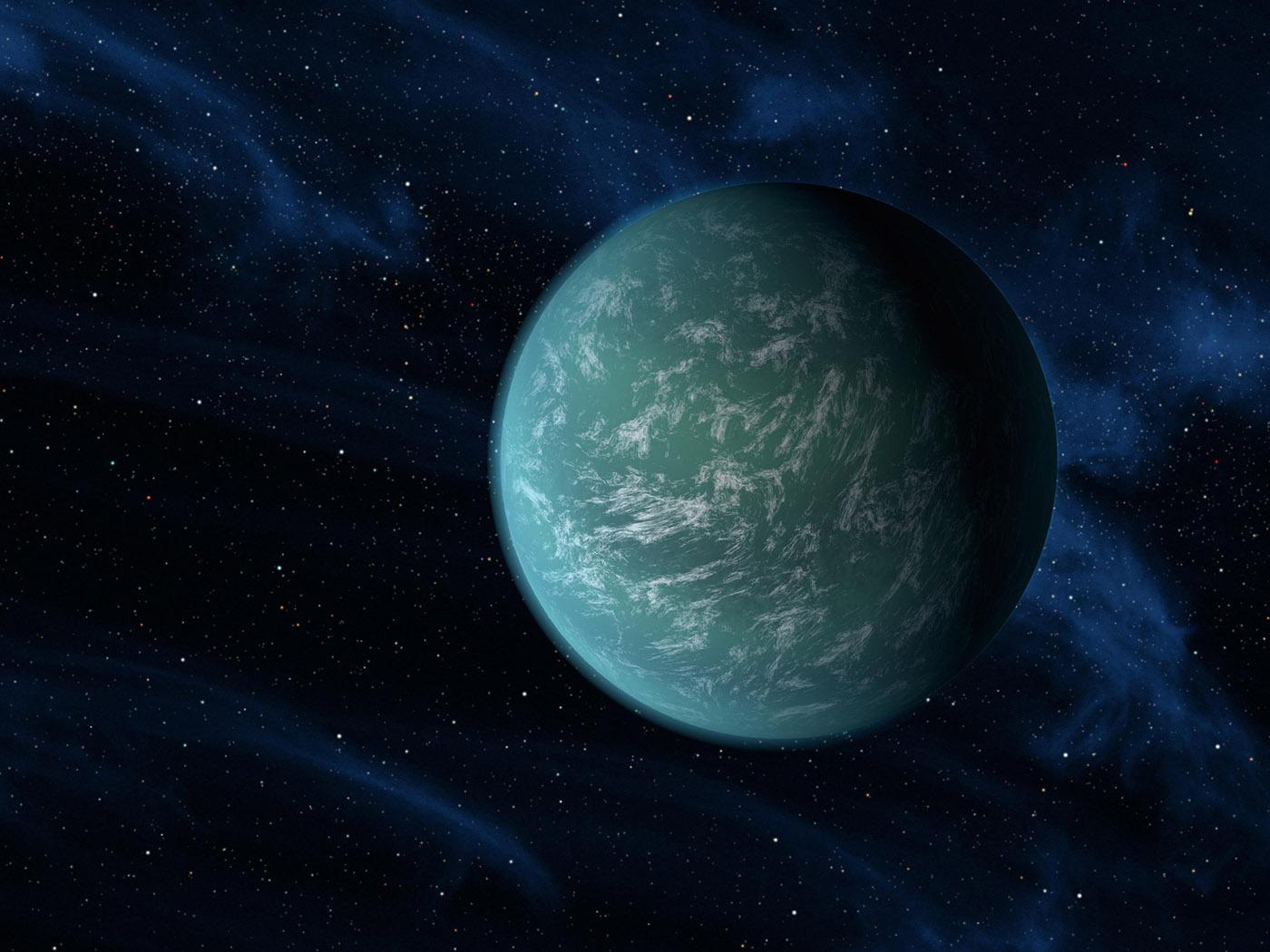-
Imagining a Living Universe
September 24, 2019 / Written by: SETI Institute
Illustration of the exoplanet Kepler 22-B. Credit: NASA, AMES and JPL-CaltechThe SETI Institute asks big questions: What is life? How does it begin? Are we alone?
Nathalie Cabrol, Director of the Carl Sagan Center at the SETI Institute and the PI at the NAI SETI Institute team, challenges us to think deeper and to question our assumptions in a recent piece for Scientific American. “Science is without a doubt increasingly better at characterizing what life does with each passing day,” said Cabrol. “But brings comparatively fewer advances to the identification of what life is and how it originates.” She suggests the limits we place on the nature of life could end up limiting exploration and research:
Too often, we overlook our limitations, not nature, generate isolating boxes, definitions and boundaries.
With time, the boxes become the entire landscape when they were meant to be pieces of a puzzle that connect.A multidisciplinary approach to understanding the nature of life by “bridging biology, neuroscience, cosmology, and quantum physics,” is needed to observe the universe in its totality.
Source: [SETI Institute]
- The NASA Astrobiology Institute Concludes Its 20-year Tenure
- Global Geomorphologic Map of Titan
- Molecular Cousins Discovered on Titan
- Interdisciplinary Consortia for Astrobiology Research (ICAR)
- The NASA Astrobiology Science Forum Talks Now on YouTube
- The NASA Astrobiology Science Forum: The Origin, Evolution, Distribution and Future of Astrobiology
- Alternative Earths
- Drilling for Rock-Powered Life
- Workshops Without Walls: Astrovirology
- Rutgers Researchers Identify the Origins of Metabolism